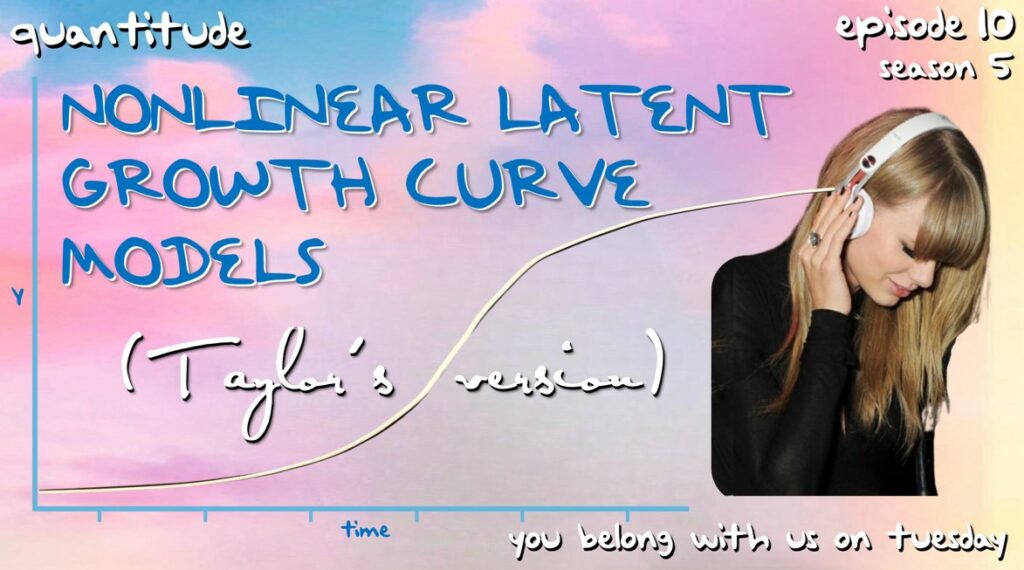In this week’s episode Greg and Patrick explore alternative parameterizations of the SEM-based latent curve model to capture various forms of nonlinearity, some that are approximations and others that are exact. Along the way they also discuss Swifties, remastering your life, bull testicles, the world’s worst RA job, Yerkes-Dodson law, show a little ankle, the St. Louis Arch, bachelorette parties, deck screws, DIY-ing a model, being a little too quiet, complete nonsense, blasting your pecs, haters gonna hate, the worst day ever, Frankenspline’s monster, being left off at the third floor, and looking for a new cohost.
Related Episodes
- S4E14: Growth Trajectory Estimates: What’s My Line?
- S4E09: Intensive Longitudinal Data: Be Careful What You Wish For
- S2E26: MLM vs. SEM: Opportunities for Growth
Recommended Readings
Browne, M. W. (1993). Structured latent curve models. In Multivariate analysis: Future directions 2 (pp. 171-197). North-Holland.
Cudeck, R., & Du Toit, S. H. (2002). A version of quadratic regression with interpretable parameters. Multivariate Behavioral Research, 37(4), 501-519.
Flora, D. B. (2008). Specifying piecewise latent trajectory models for longitudinal data. Structural Equation Modeling: A Multidisciplinary Journal, 15(3), 513-533.
Grimm, K. J., Ram, N., & Hamagami, F. (2011). Nonlinear growth curves in developmental research. Child development, 82(5), 1357-1371.
McNeish, D., & Dumas, D. (2017). Nonlinear growth models as measurement models: A second-order growth curve model for measuring potential. Multivariate Behavioral Research, 52(1), 61-85.
Preacher, K. J., & Hancock, G. R. (2012). On interpretable reparameterizations of linear and nonlinear latent growth curve models.
Preacher, K. J., & Hancock, G. R. (2015). Meaningful aspects of change as novel random coefficients: A general method for reparameterizing longitudinal models. Psychological Methods, 20(1), 84.

